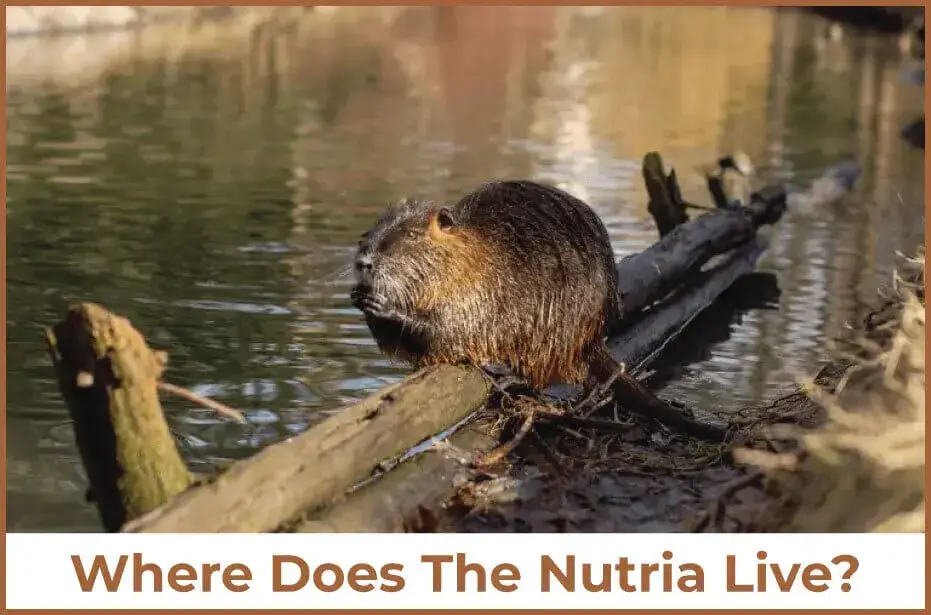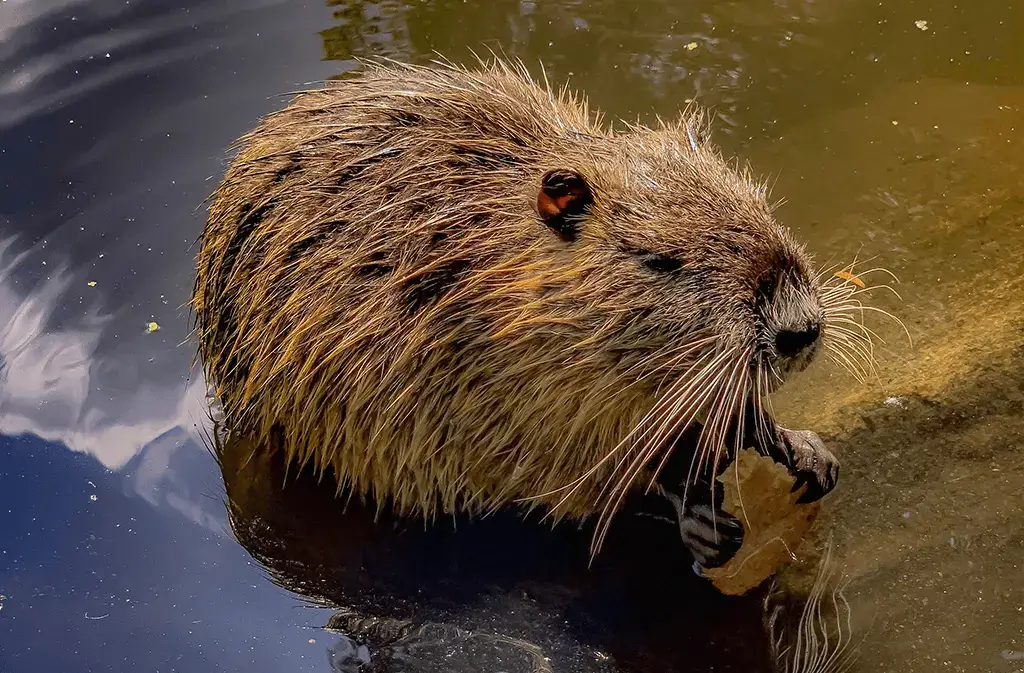
Nutria, an amphibious and webbed-foot rodent, is native to South America. They can be found in the coastal states and lake marshes of the U.S. These rodents can adapt according to the changing environment but are most commonly found in areas near water. In the wild, they live in tunnels with one end having water or river access. These rodents are called amphibious because they can live both on land and water. Let’s understand their preferred habitat and eliminate their harmful environmental impact.
Origin And Expand
The Nutria are rodents originating in South America but were introduced in the U.S. in 1899. The regions where these rodents can be found are Brazil, Argentina, and Uruguay. Because these rodents are found near swamps, they are named swamp rats. Freshwater marshes, lakes, ponds, and rivers are their natural habitat. They can keep themselves underwater for at least 5 minutes. These rodents have expanded their range beyond their natural habitat because of fur farming, and the fantastic thing about them is that they can still survive in their non-native habitat.
Distribution OF Swamp Rats
These rodents are distributed globally in Europe, Asia, North America, and Africa. They prefer areas near freshwater environments, generally seen in coastal water. They have been seen in a broad population across the coastal states of the U.S., such as Texas, Louisiana, and the Mississippi River. This is where they have access to fresh water and submerged roots. Because they have expanded their population globally, they are found in China, Japan, France, Italy, Spain, and many other countries.
Suitable Habitat
Nutria are considered adjustable rodents that can survive even in harsh climates but mostly prefer areas with access to vegetation and fresh water. The suitable habitats for these rodents are considered slow-moving streams, lakes, marshes, swamps, and ponds. These rodents love swimming and are found in brackish habitats like coastal marshes.
Explore 10 Captivating Nutria Facts
Habitat Mitigation
The nutria are considered invasive rodents because of their destructive feeding habit. Their feeding habit caused a significant impact on the ecosystem. They can close their mouths behind the incisor teeth and, therefore, can cut aquatic vegetation very quickly, such as roots, grains, rhizomes, stems, leaves, water lilies, and duckweed. These aquatic rats quickly consume

the aquatic vegetation, plants, and crops, destroying wetlands’ natural habitats and causing biodiversity loss.
Ecological Impact
The continuously growing population of these rodents can have a significant ecological impact. These rodents are known for their overgrazing habit, which could destroy the native plant communities. In addition, these rodents can also transmit harmful diseases.
Management Approach
Controlling the population of these rodents is essential because they can disrupt the natural ecosystem. The appropriate management of their population includes trapping, habitat restoration, and awareness campaigns to educate the public about the impact of these swamp rats on ecosystems.
Conclusion
The nutria or swamp rats live in areas with access to fresh water, aquatic vegetation, and lands; therefore, they are known as amphibious species. These aquatic rats can overgraze, and according to research, the vast nutria population destroyed agriculture, rice, and sugarcane fields. Besides this, they also have an ecological impact and are responsible for habitat mitigation. The suitable habitat where nutria lives is freshwater, ponds, lakes, and swamps.

